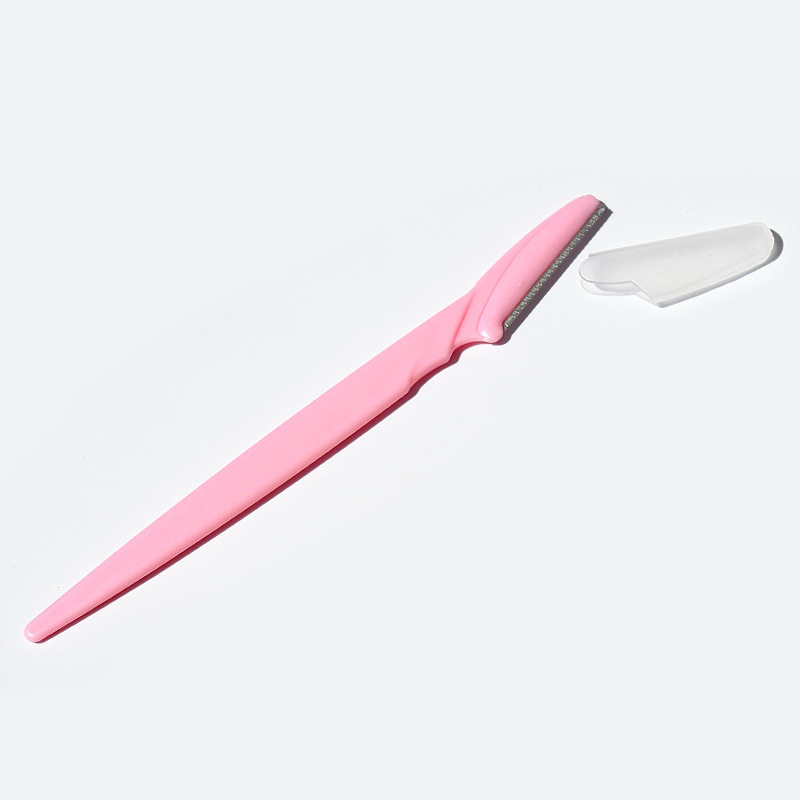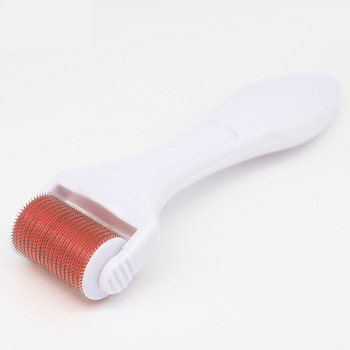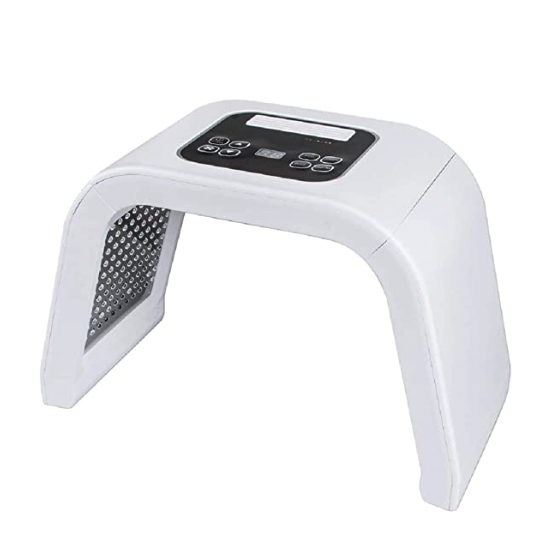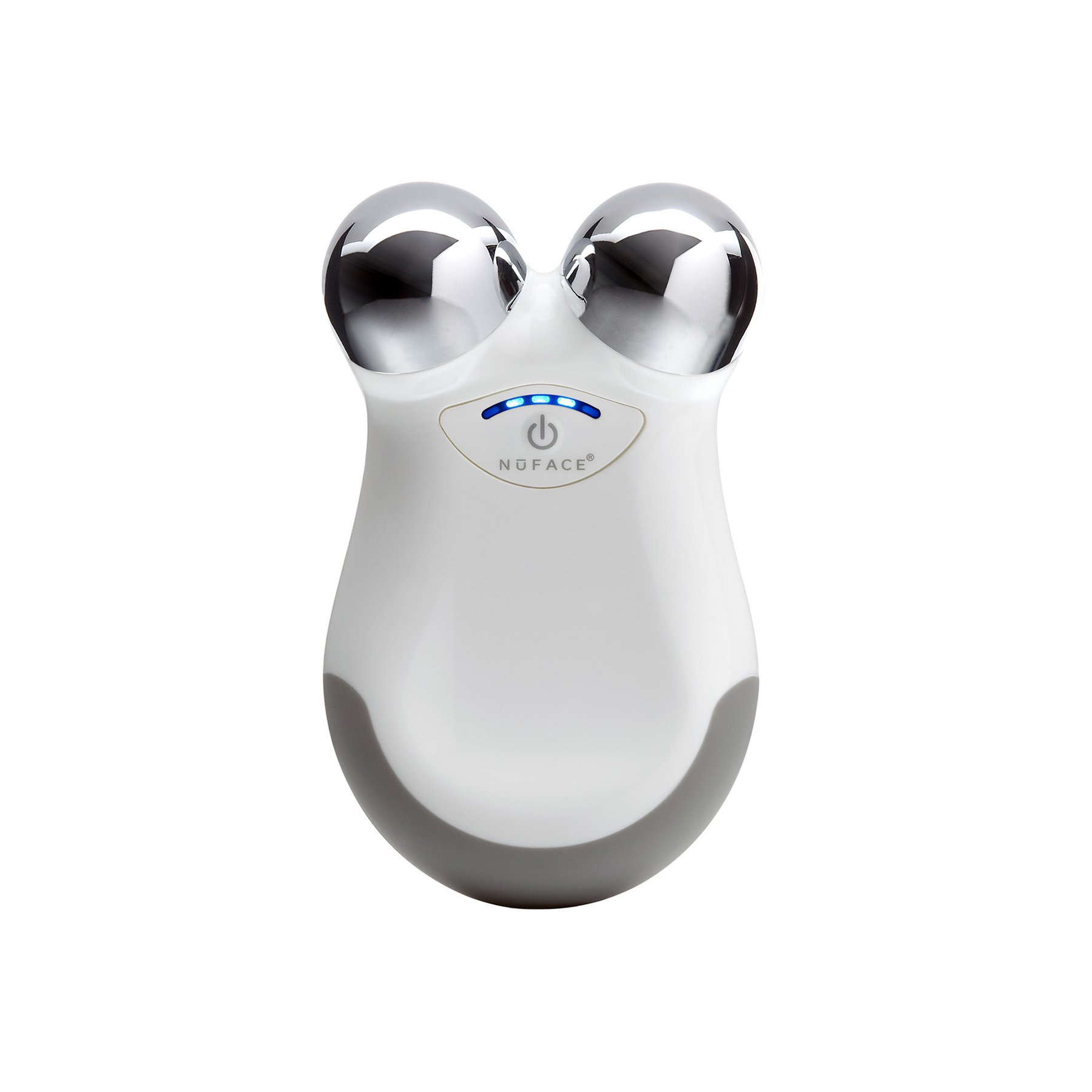Could Skin Care Tools Help You Achieve Better Results?

If you've already optimized your skin care routine but are eager to achieve faster results, you may be wondering if there's something more you can be doing for your skin. While we always recommend setting up an appointment with a licensed esthetician as a vital first step to addressing your skin care goals, the addition of skin care tools into your at-home regimen can also be a way to boost results.
It seems like every year a new at-home skin care tool is introduced but that doesn't mean they're all effective or good for your skin. Take, for example, the Clarisonic sonic facial brush that was all the rage for over a decade. Many of us bought into the idea of deep cleaning our faces but today we know that such tools are too aggressive for many individuals. With decreased sales, the company has now been shuttered.
If you don't yet have a relationship with an esthetician who can help guide your skin care decisions, it's wise to be cautious about the skin care tools you introduce to your routine. When used improperly, some can leave you with skin damage in the form of redness, hyperpigmentation or scarring, or spread bacteria that could encourage acne breakouts or infection.
We've outlined below a number of skin care tools that are popularly used at home today along with basic guidance to help you determine if its wise to introduce them to your routine. If you're unsure about a tool, it's always best to err on the side of caution and either skip it or consult a skin care professional for advice.
Skin Care Tools Safe for At-Home Use
Gua Sha Stone or Beauty Roller
Gua sha translates to "scrape sand," a phrase that makes sense when you consider that this skin care tool, typically made of rose quartz or jade and contoured to hug the angles of the face, is gently scraped along the face and neck to encourage lymphatic drainage and increase blood flow. A soothing form of self-care, a gua sha practice can help to melt away stress while reducing puffiness in the face. After performing gua sha, you may find your face appearing temporarily lifted. (Check out this video for an example of the results that can be achieved from a gua sha stone.) A beauty roller works in a similar manner and is also made of materials like rose quartz. The difference? The tool features a handle that allows you to roll the cylindrical stone along your skin.
You may encounter claims that gua sha and facial rolling can minimize fine lines and wrinkles while improving skin firmness. Unfortunately, there is no evidence that these tools are capable of skin improvement as dramatic as that. Rather, look to it as a relaxing practice that can help you appear more awake - if only temporarily.
Microcurrent Device
Estheticians often offer galvanic microcurrent as an add-on to facials. This procedure, which cannot be felt, delivers electrical currents to the skin that stimulate the production of ATP, a coenzyme in the skin that helps to build collagen and elastin. When performed repeatedly, microcurrent helps to tighten and tone the skin, minimizing fine lines, wrinkles and hyperpigmentation.
Today you can use a microcurrent facial toning device in your home. While these devices are smaller and offer less intensity than their commercial counterparts used by licensed professionals, at-home microcurrent tools do seem to offer anti-aging benefits when used consistently. Most importantly, the microcurrent technology used in at-home devices has been FDA approved to be safe for consumer use.
Image courtesy of NuFace

Dermaplaner
Another treatment that can be performed during a facial, dermaplaning is a process that looks very much like shaving the face with a scalpel. In the process, the esthetician removes peach fuzz and the topmost layer of dead cells. This light exfoliating treatment instantly leaves skin feeling softer, smoother and allows products to better penetrate the skin.
Countless at-home dermaplaning devices are now available to consumers, ranging from blades enclosed in plastic to mechanized tools that use sonic technology to do the job.
If you can safely shave your legs you can safely use a dermaplaner at home. However, it's important to take a few precautions: never use on infections, acne breakouts or open sores or you risk causing more damage and spreading infection; those with sensitive skin should be extra careful to avoid inflammation and irritation; blades are sharp so be gentle and work slowly to avoid cutting your face; finally, replace blades after each use.
Skin Care Tools Best to Avoid At Home

Microneedling Device / Dermaroller
Microneedling is a treatment offered by some licensed estheticians and dermatologists. Through this procedure, a motorized "pen" is used to precisely poke numerous tiny holes into the epidermis. This controlled damage causes the skin to activate its natural process of wound healing, accelerating elastin and collagen production - structural proteins that give skin its strength and elasticity. Along the way, signs of aging can be improved, such as a minimization of lines and wrinkles and evening of skin texture and tone. Scarring can also be reduced.
You've likely heard of the at-home version of a microneedling pen: the dermaroller. A handheld device that features tiny needles, the tool is manually rolled along the face. Because the needles tend to be shorter than those used in professional devices, dermarollers can rarely penetrate very deep but that doesn't mean there aren't risks to using them.
Dermarollers can cause post-inflammatory hyperpigmentation and even scarring when used too aggressively. Plus, if you have active breakouts, use of a dermaroller can spread acne to other areas of your face. Because few people sterilize a dermaroller properly at-home, there is an increased risk of infection the more you use it.
While you may experience a minor improvement in skin texture after using a dermaroller at home, the benefits pale in comparison to the potential risks. For that reason, we feel this is a device best left to the professionals.

Light Therapy
LED light therapy uses an FDA-approved device to direct light energy in various wavelengths onto the skin to achieve improvement. Specifically, the light-emitting diodes (LED) cause skin cells to increase their production of ATP (energy), which encourages them to work more efficiently. This results in an increase in collagen production and improved wound healing. Depending on the improvement desired, the esthetician may use blue light (fights bacteria and encourages healing of acne) or red light (addresses the signs of aging).
A version of the technology that powers professional LED tools is now found in at-home devices that allow consumers to get their daily dose of red or blue light. And while these devices are generally safe (LED therapy devices don't contain ultraviolet rays), they are much less powerful than the equipment your esthetician uses. When you weigh their typically hefty price tag against the lackluster results they achieve, we believe it's best to put your money toward a few LED therapy sessions with a professional.
The introduction of skin care tools that mimic those used by professionals is certainly a convenience to consumers who want to save time and money. However, it's important to keep realistic expectations. At-home treatments very rarely are capable of achieving the results you'll experience when working with an esthetician or dermatologist. But, if you're looking for a means to get a little more out of your skin care routine, introducing a skin care tool that is safe for at-home use might be just the thing.
Image: Andrea Piacquadio

